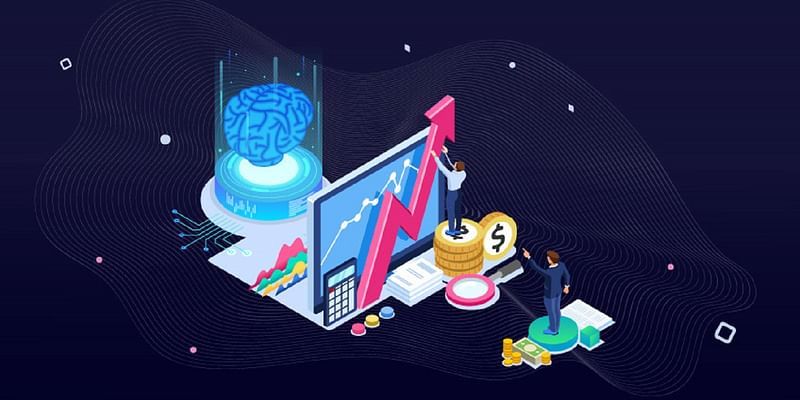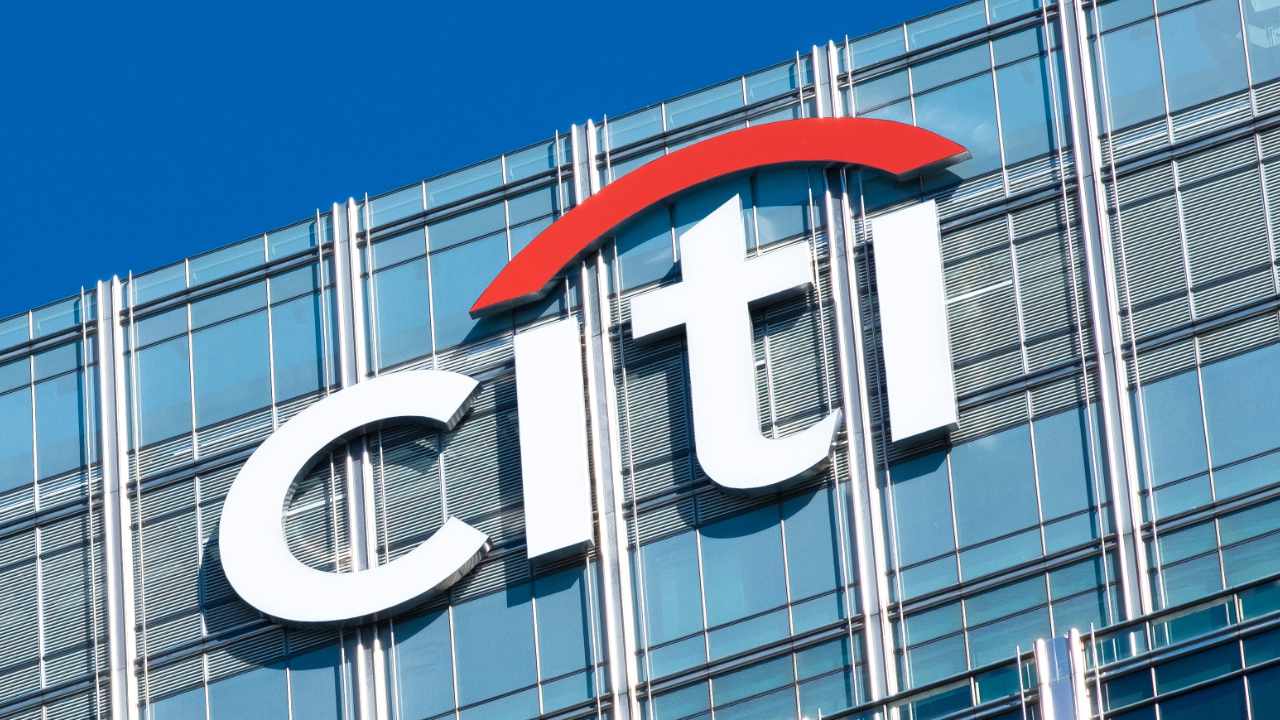Will AI fix legacy IT struggles or create new ones?
Do companies risk exacerbating existing problems with technical debt – or might AI provide the answer to effectively tackling them?

In the rush to adopt artificial intelligence (AI) technologies, do companies risk exacerbating existing problems with technical debt – or might AI provide the answer to effectively tackling them?
It’s an interesting question. While technical debt has been a familiar challenge in the IT world for years, the question now is whether AI can help us finally tackle it – or if it will simply add to the burden.
Personally, I see both sides in this debate. AI might be a potential cause of technical debt, but it could also be the cure. A lot depends on how the technology is deployed.
Technical debt
To take a brief step back, the phrase ‘technical debt’ is one that we use to describe the situation that builds up when time and budgetary constraints force developers to focus on workarounds, shortcuts and stopgaps in the introduction of new digital products and services.
This approach takes into consideration previous IT investments and the constraints imposed by the existing systems architecture, and is typically favored over a more radical refresh that would take longer, cost more, or both.
But while some level of technical debt is inevitable at fast-moving, forward-thinking companies, it can easily spiral out of control if not monitored carefully. It’s often a serious drain on time, energy and skills, as IT teams struggle to monitor, manage and secure increasingly complex IT environments.
AI technologies can potentially add to the burden of technical debt for some organizations. In October 2024, analysts at market research company Forrester warned that more than 50% of technology decision-makers will see their technical debt rise to a “moderate or high level of severity” in 2025. predicted to reach 75% by 2026, as a direct result of the introduction of AI solutions.
But at the same time, the Forrester analysts readily acknowledge the potential of AI to “enhance human judgement, automatically remediate incidents and improve business outcomes”.
Time to automate
Search – the process of querying and retrieving specific information from a database or dataset based on search criteria or keywords – when combined with AI, helps organizations to automate many manual processes associated with software development, such as code review and refactoring, that frequently contribute to technical debt.
One illustrative use case is the deployment of AI agents to search for older code that may require review. As new digital services are developed, AI can be used to identify and automatically fix issues long before they are rolled out, in a proactive approach that keeps technical debt under firm control.
By streamlining these tasks, AI alleviates the burden on hard-pressed IT teams, enabling them to focus on strategic projects rather than maintenance. Used well, it can lead to more robust software solutions and actually reduce the long-term cost and complexities associated with technical debt.
I've seen firsthand how businesses use AI to balance modernization with security concerns. While updating legacy systems can introduce vulnerabilities, integrating AI with search capabilities makes updates more efficient and low-risk, without compromising operational stability.
So yes, I agree that there will be some organizations that see their technical debt grow as a result of adopting AI – but I’d venture to comment that these will be organizations that don’t do a sufficiently thorough job with comprehensive architecture reviews that ensure that new AI technologies provide a good fit with existing architectures at the onset of implementation.
They may also be organizations that end up implementing multiple AI solutions from multiple vendors and then go on to find that they’ve simply added to complexity with point solutions that don’t flex to meet new demands as they emerge. AI tool sprawl will be a reality for many.
But for other organizations, AI may represent the best opportunity they’ve had in years to fix their technical debt problems – or at least maintain them at manageable levels. These organizations will likely be those that take a platform approach to AI, using a curated, consolidated set of AI technologies and tools that enhance search, observability and security capabilities.
Only by unlocking the full potential of data scattered throughout their IT architectures, smart organizations will remain confident and competitive in their adoption of AI.
We've featured the best IT infrastructure management service.
This article was produced as part of TechRadarPro's Expert Insights channel where we feature the best and brightest minds in the technology industry today. The views expressed here are those of the author and are not necessarily those of TechRadarPro or Future plc. If you are interested in contributing find out more here: https://www.techradar.com/news/submit-your-story-to-techradar-pro






























































































































































































